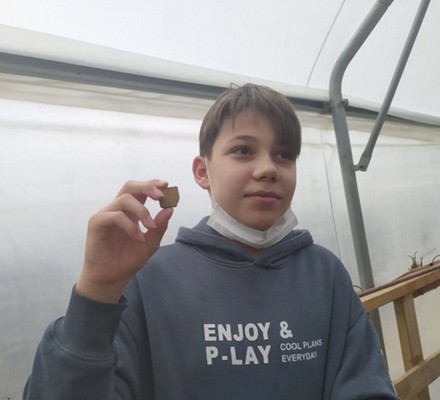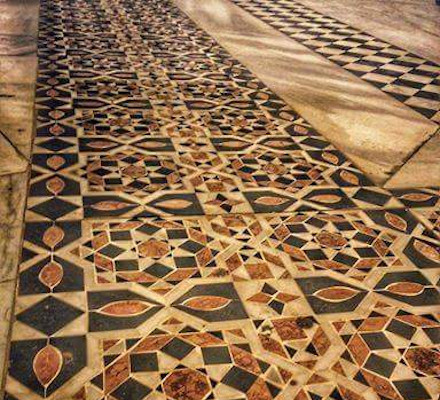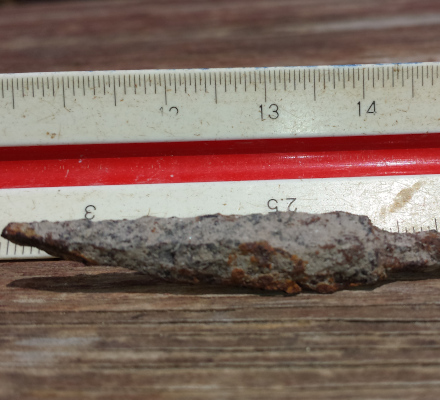Tag Archive for: crusader periods

Find and Finder of the Month: Yiftah Levi Found a Knights Templar Horseshoe Nail
For want of a nail the shoe was lost
For want of a shoe the horse was lost
For want of a horse the rider was lost
For want of a rider the battle was lost
For want of a battle the kingdom was lost
And…

Find and Finder of the Month: Alexei Vishnyakov Found a Crusader Opus Sectile Tile
Alexei Vishnyakov from Russia uncovered evidence of Crusader tiling in the Temple Mount.
We haven't had a "Find & Finder of the month" post for a while now. We're happy to report that we’re slowly coming out of the pandemic slump,…

Isn’t it nice to feel validated?
New images from the Dome of the Rock after renovations validate research. Crusader floors and patterns still in use today!

Update from the Field
Could it have been used by the Knights Templar?

Highlights from our Exhibition and Presentation at the 13th Annual Studies of Ancient Jerusalem Conference
On the evening of Thursday, September 6, 2012, the City of David hosted the 13th Annual Studies of Ancient Jerusalem Conference presented by the Megalim Institute. The program began with an open house including free tours throughout the City…
Tag Archive for: crusader periods

Crusader – Ayyubid Period (1099 -1250 CE)
Most of the pottery dated to the Crusader Period (12 century CE) belongs to types prevalent in other regions of the country as well as the Lebanese coast, all within the realm of the first Crusader Kingdom whose capital was Jerusalem. The assemblage is dominated by bowls and comprised for the most part of locally produced vessels. These are made of reddish-brown clay covered with a light-colored slip upon which yellow or green glaze was applied. Some bowls are decorated with Sgraffito characterized by reddish-brown carvings incised into the background glaze. Slip Painted Bowls are also common in the assemblage. These consist of bowls with designs (usually a star shape) painted on white slip and then covered with transparent yellow or green glaze that reveals the painted design on the dark background of the unslipped clay.
In addition to the locally produced reddish-brown wares common in the assemblage, some imported types are also attested. These originated in the Byzantine/ Aegean world and are identifiable by their light-colored clay; although they, too, are slipped and glazed with a yellowish or transparent finish.


